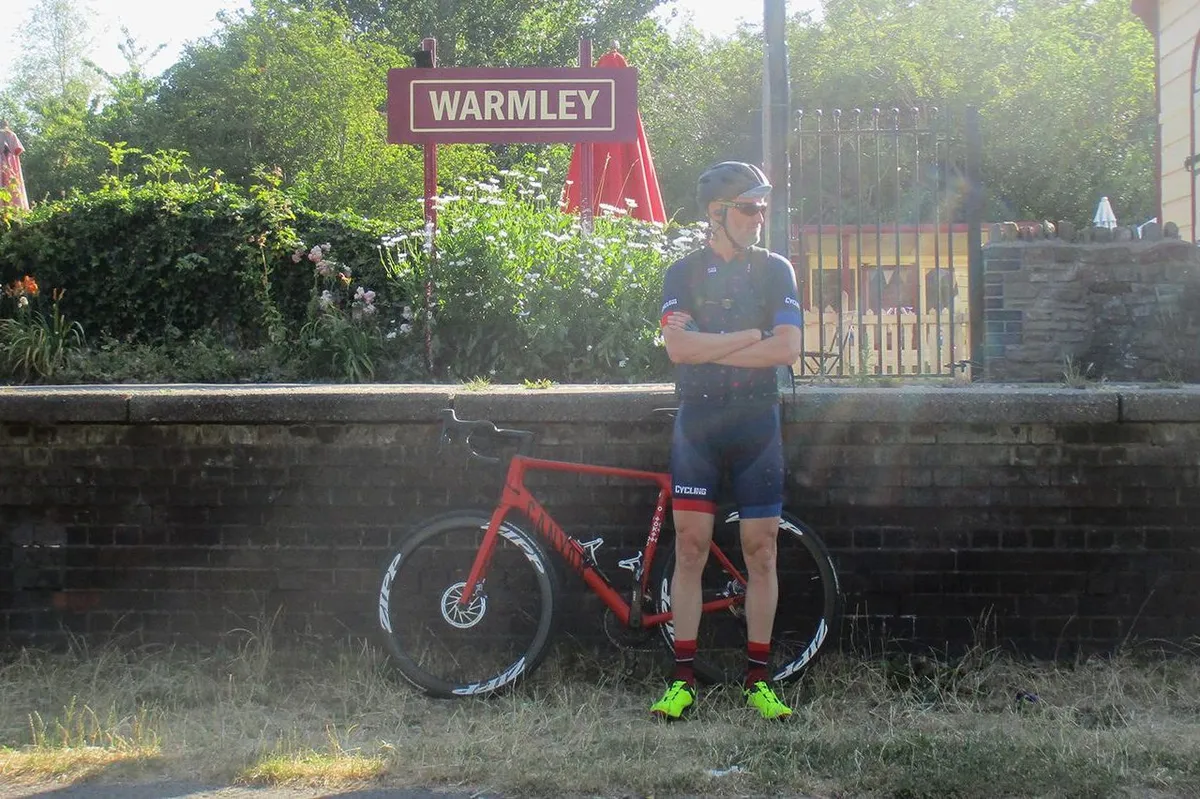The number of trips made by bicycle in Great Britain remained flat through 2018 and 77 percent of people want to see improvements to cycling infrastructure according to the National Travel Survey, which was released earlier this week.
The annual survey covers journeys made within Great Britain by residents of England. Data is collected via households that keep a seven-day travel diary and interviews.
- Best commuter bike 2019: what’s the best bike for commuting?
- Best electric bike 2019: 10 e-bikes you should be considering
How many journeys are made by bike?
The average number of cycling trips made per person per year in Britain was 17, which equates to roughly 2 percent of all journeys made in the country in 2018. This is roughly the same figure as last year.
The majority of these journeys (36 percent) were made for commuting/business purposes, but an almost equally large 35 percent were for the purpose of leisure.
Unsurprisingly, the car remains, by far, the dominant mode of transport, with 61 percent of all journeys being made on four wheels.
The average distance cycled by the public
The average distance travelled by bike per person by year in the study was 58 miles. The average journey time was 23 minutes. The average distance travelled per journey was 3.3 miles.
That the average distance travelled per journey has increased year-on-year (by over 50 percent since 2002) and that cycling for leisure remains such a huge percentage of journeys, suggests that fewer people are turning to bicycles for short journeys (e.g. nipping to the shops).
How often do people ride bikes?
A depressingly large portion of people (66 percent) across the country travel by bike on average only once a year.

However, that figure is not universal — according to the Sustrans (the UK’s main walking and cycling charity) statement on the report, in Bristol, BikeRadar’s hometown, as many as 25 percent of adults travel by bike at least once a week.
While we’d like to think this is something to do with our omnipresent influence on the cycling public in the south-west, it’s probably more to do with the 75 miles of segregated cycle routes in and out of the city.
What’s stopping more people from cycling?
Concerns about safety are still the main barrier to stopping more people cycling, with 77 percent of people agreeing that cycling safety and infrastructure needs to improve in towns and cities.
Sustrans agrees, with Xavier Brice, the chief executive of the charity claiming that “to continue to increase journeys made by cycle, and meet the walking and cycling targets set for 2025, the UK Government has a responsibility to make active travel easier, safer” and that this will “only be achieved through large scale investment in walking and cycling infrastructure”.
Lastly, much to our concern, 25 percent of respondents to the survey said they have no interest in cycling. This proportion of people must hate being happy and love having sub-optimal sex lives.
Where can I get my hands on more juicy travel stats?
The full report can be seen on the UK Government website and makes for genuinely interesting reading.
How has participation in cycling changed where you live? Have you seen an increase or decrease in the numbers making journeys on two wheels? What do you think is the key to increasing participation? Please leave your thoughts in the comments!
